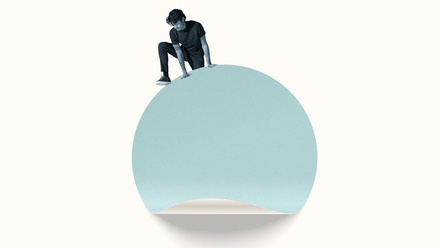ALARM National Conference 2024
Book now for ALARM National Conference 2024: Times are changing
Get #stronger this year!
October stronger is out now! Dip into 68 pages of stronger information, insight, and expertise, exclusively for ALARM members. Check it out!
Industry Influence Update
ALARM launches a new guidance document, Industry Influence Update, with the latest on unregulated placements for looked after children and care leavers in England, a critical matter for councils.
Join us
We offer a range of membership options. Whether you're a student or training on the job, or an experienced practitioner, we can help you to learn, develop, network, engage and share best practice.
Who we are
ALARM is a not-for-profit professional membership association that has supported risk management practitioners since 1991.
We provide our members with outstanding support to achieve professional excellence including education, training, guidance and best practice, information and insight, networking, and industry recognition for excellence across risk management.
Upcoming events
9 May 2024
L&CG hour: Claims arising from incidents involving Hogweed burns
Virtual lunchtime session
Latest news
Sponsor ALARM
Support our work and discover a wide range of benefits by becoming a sponsor.








